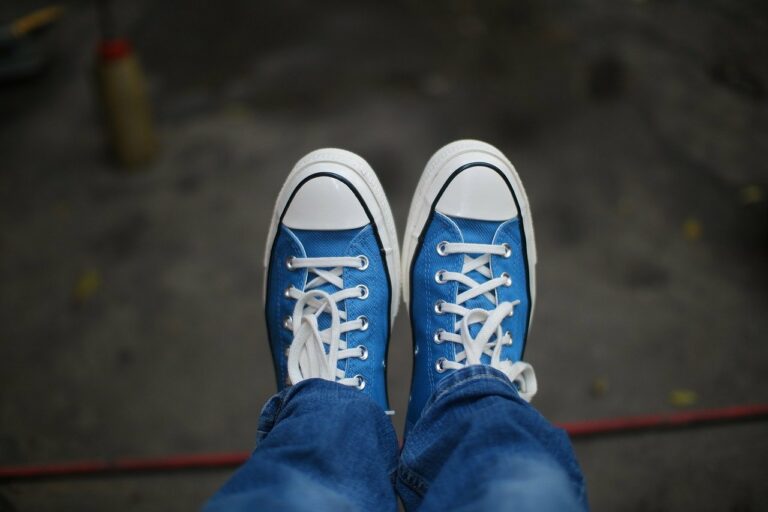Fashion and Sustainable Fashion Leadership: Recognizing Leaders in the Ethical Fashion Movement
When we think of ethical fashion, certain pioneers stand out for their unwavering commitment to sustainability and social responsibility. These individuals and brands have paved the way for a more conscientious approach to creating clothing and accessories, emphasizing fair labor practices and environmentally friendly production methods.
Through their innovative designs and ethical practices, these pioneers have shown that fashion can be a force for good in the world. By prioritizing transparency, fair wages, and ethical sourcing, they have set a high standard for the industry and inspired others to follow in their footsteps.
Promoting Transparency in the Fashion Industry
Transparency is a crucial aspect of the fashion industry that cannot be overlooked. It is imperative for brands to openly communicate with consumers about their production processes, sourcing, and labor practices. By promoting transparency, companies can build trust with their customers and create stronger connections based on honesty and integrity.
Furthermore, increased transparency in the fashion industry can lead to more accountability and responsibility. When consumers are aware of how their clothes are made, they can make more informed choices and support brands that align with their values. Embracing transparency is not just a trend but a necessary shift towards a more sustainable and ethical fashion industry.
Embracing Eco-Friendly Materials and Practices
Embracing eco-friendly materials and practices is no longer just a trend in the fashion industry, but a crucial shift towards sustainability. Designers and brands are increasingly opting for organic fabrics like cotton, linen, and bamboo, which have a lower environmental impact compared to conventional materials. By embracing these materials, fashion brands are not only reducing their carbon footprint but also setting a new standard for ethical production.
In addition to using eco-friendly materials, fashion companies are also implementing sustainable practices throughout their supply chain. From reducing water usage in production processes to implementing recycling programs for textile waste, these initiatives are reshaping the industry’s approach to sustainability. By promoting transparency and accountability, brands are not only meeting the growing demand for ethically produced goods but also inspiring others to follow suit.
What are some examples of eco-friendly materials used in ethical fashion?
Some examples of eco-friendly materials used in ethical fashion include organic cotton, hemp, bamboo, Tencel, and recycled polyester.
How can consumers promote transparency in the fashion industry?
Consumers can promote transparency in the fashion industry by asking brands about their supply chain practices, supporting brands that provide detailed information about their production process, and choosing to purchase from companies that prioritize ethical and sustainable practices.
What are some benefits of embracing eco-friendly materials and practices in the fashion industry?
Embracing eco-friendly materials and practices in the fashion industry can help reduce environmental impact, promote ethical labor practices, and contribute to a more sustainable future for the industry and the planet as a whole.
How can individuals incorporate eco-friendly practices into their own wardrobe?
Individuals can incorporate eco-friendly practices into their wardrobe by choosing to buy from sustainable and ethical brands, shopping second-hand or vintage clothing, and taking care of their clothing to extend its lifespan.







